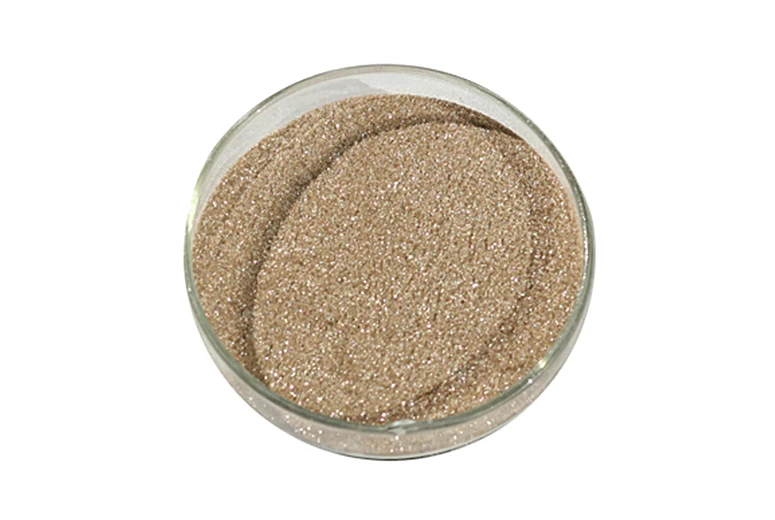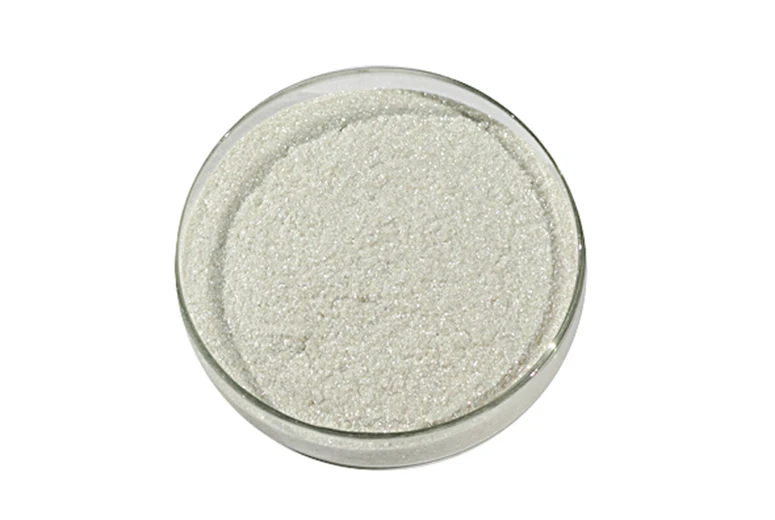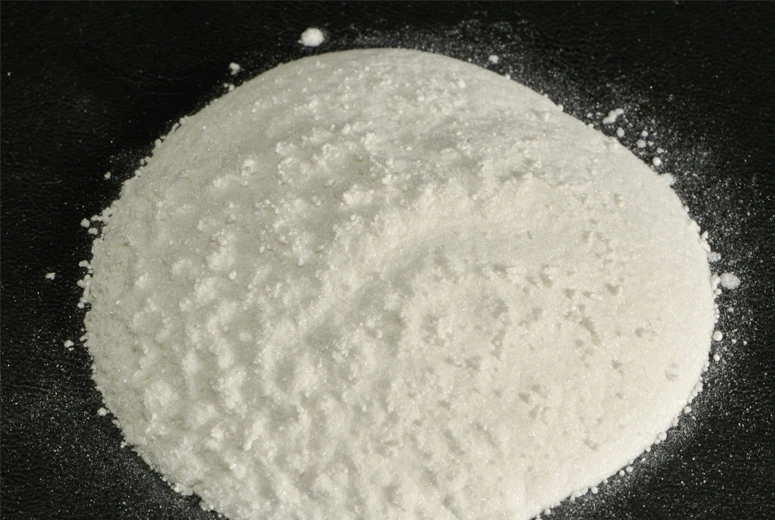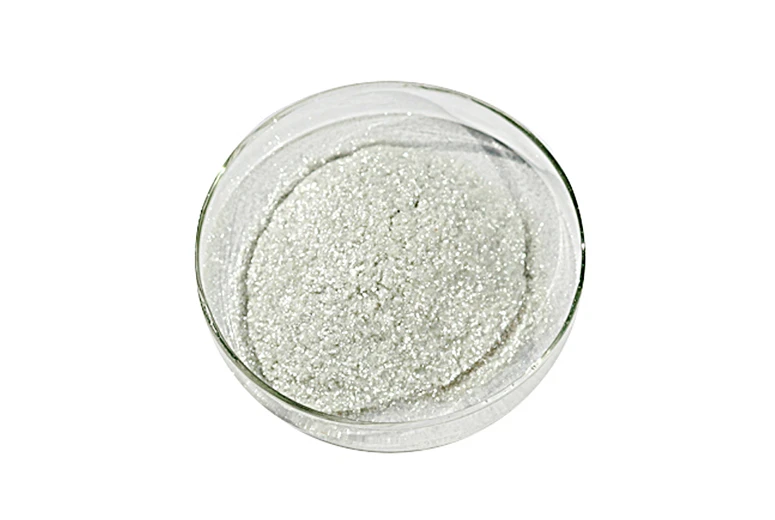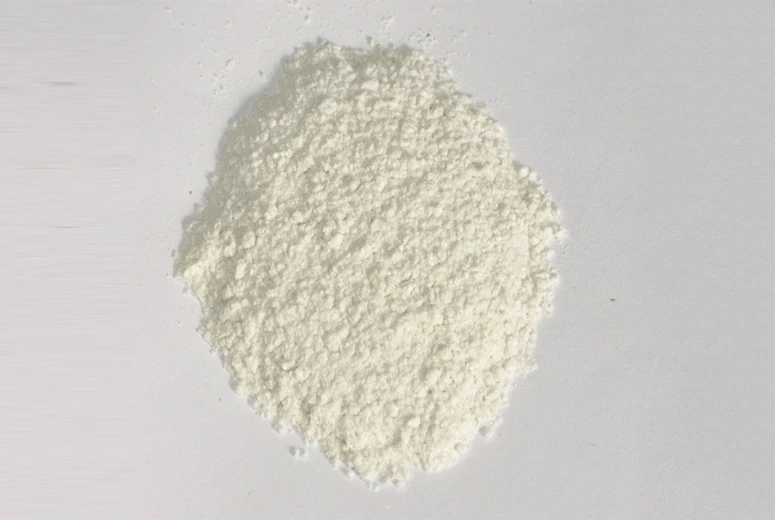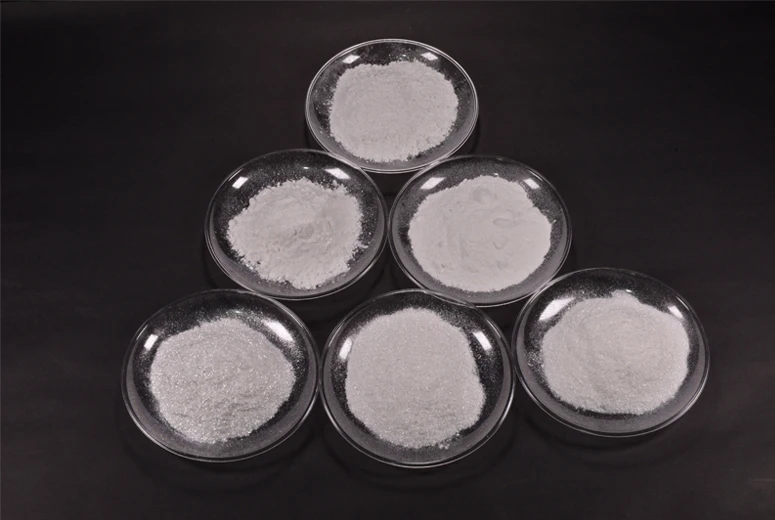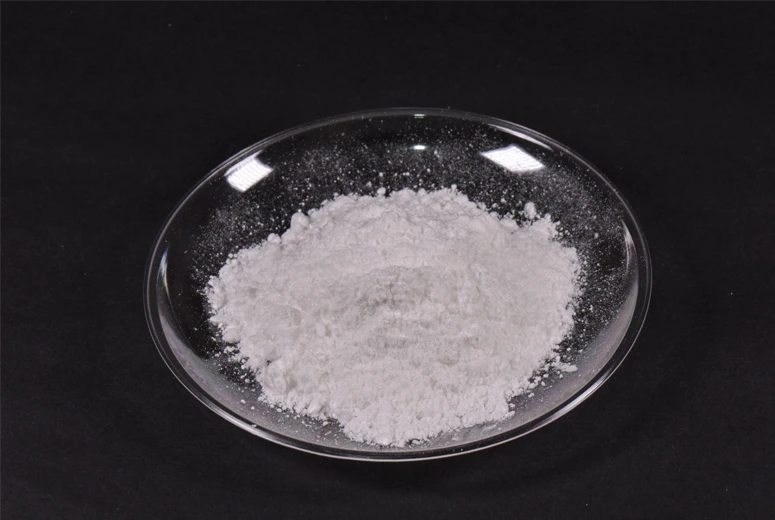Premium Synthetic Mica Cosmetics for Vibrant Makeup Looks
Synthetic mica cosmetics have emerged as the preferred solution for modern beauty and personal care, providing unmatched purity, safety, and visual performance compared to natural mica. As the cosmetics and pigments industry shifts toward ethical, sustainable, and high-performance ingredients, synthetic mica and its pigments are revolutionizing makeup formulations for global brands and consumers alike.
Market Growth: Synthetic Mica Cosmetics (2018–2024e)
1. Industry Trends: Why Synthetic Mica Cosmetics Are Dominating 2024
- Ethical Sourcing: Synthetic mica eliminates child labor and mining concerns inherent to natural mica.
- Performance Driven: Improved purity (≥99.6%), outstanding transparency, vibrant interference colors and consistent particle size distribution enable advanced formulation for high-end makeup products.
- Global Demand: The worldwide synthetic mica cosmetics pigment market is projected to reach USD 445 million by 2024, CAGR of 8.3% since 2019 (Mordor Intelligence 2024).
- Regulatory Compliance: Synthetic mica (fluorphlogopite) is recognized as safe (FDA, EU, ISO 16128), enabling broader global market accessibility.
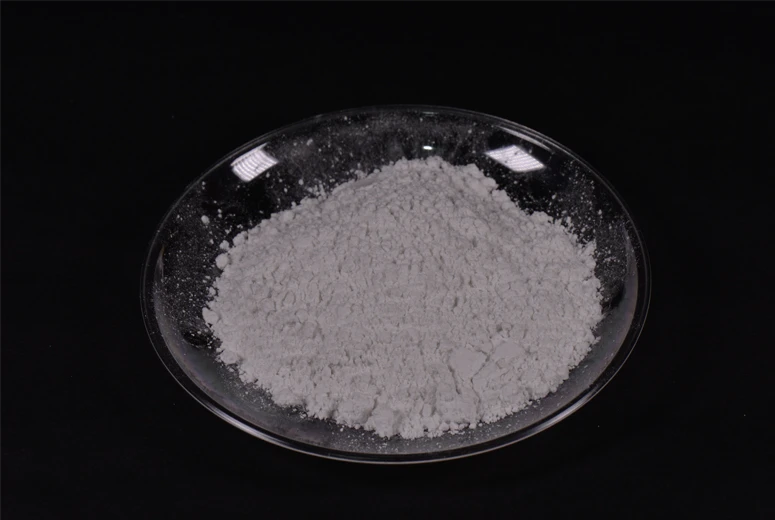
2. Synthetic Mica Pigments vs. Natural Mica: Comprehensive Comparison
| Parameter | Synthetic Mica Pigments | Natural Mica Pigments |
|---|---|---|
| Purity | ≥99.6% | 88-95% |
| Particle Size (μm) | 5–250μm (high customization) | 5–150μm (limited) |
| Heavy Metal Content | Below detection limit | Trace (may exceed regulatory limits) |
| Color Stability | Excellent (high temp/acid/alkali resistance) | Often fades or darkens over time |
| Ethical Issues | Ethical, lab-made, no mining | Potential child labor, mining risks |
| Regulatory | Complies with FDA, EU REACH, ISO 16128 | May fail heavy metal or contamination tests |
| Applications | Cosmetics, automotive, printing, plastics, paints | Cosmetics, limited in high-purity demand industries |
| Typical Cost | Moderate | Lower upfront; hidden costs from compliance/quality |
With its controlled crystal structure, synthetic mica shows superior optical clarity, color payoff, and satiny feel – meeting the strict requirements of luxury synthetic mica cosmetics formulations.
3. Spotlight Product: HC40 Synthetic Mica - Next-Generation Performance
Product Technical Specs Table—HC40 Synthetic Mica
| Property | HC40 Synthetic Mica | Typical Spec (Industry Range) |
|---|---|---|
| Chemical Formula | K(Mg3)[(AlSi3)O10]F2 | K(Mg3)[(AlSi3)O10]F2 |
| Purity (% by wt) | ≥99.6% | ≥98.5% |
| pH Value (2% Soln) | 7.2 ± 0.2 | 6.5–8.0 |
| Particle Size Range | 10–125 μm | 5–250 μm |
| Bulk Density | 0.24–0.32 g/cm³ | 0.20–0.40 g/cm³ |
| Whiteness | 97–99 | 90–99 |
| Heavy Metals Content | < 5 ppm (all major metals) | < 20 ppm |
| Oil Absorption | 48 g/100g | 40–55 g/100g |
| ISO Certification | ISO 9001:2015, ISO 14001:2015 | ISO 9001+ (optional) |
| FDA/EU Approval | Compliant | Compliant (if purity ≥98.5%) |
Visualizing Technical Superiority: HC40 vs. Industry Average
4. Manufacturing Process: Synthetic Mica Cosmetics Production Explained
Key Steps (with ISO-compliant QC):
- Raw Material SelectionHigh-purity alumina, silica, potassium carbonate, magnesium fluoride →
- Compounding & MixingFully automated, ISO 9001:2015 →
- Melting & Fusing (1850–2000°C; advanced smelting kilns, energy-optimized) →
- Crystallization & Flake Formation CNC-controlled sheet cutting →
- Chemical Stabilization (pH balancing; ionic leaching removal) →
- Particle Size Classification (ultrasonic sieving, classifying to 5–250μm gradations) →
- QC & Lab TestingISO/ANSI protocols (purity, whiteness, heavy metal) →
- Surface Coating / Pigment Loading (TiO2, Fe2O3, Cr2O3) →
- Packaging & Delivery (vacuum, moisture/contamination free)
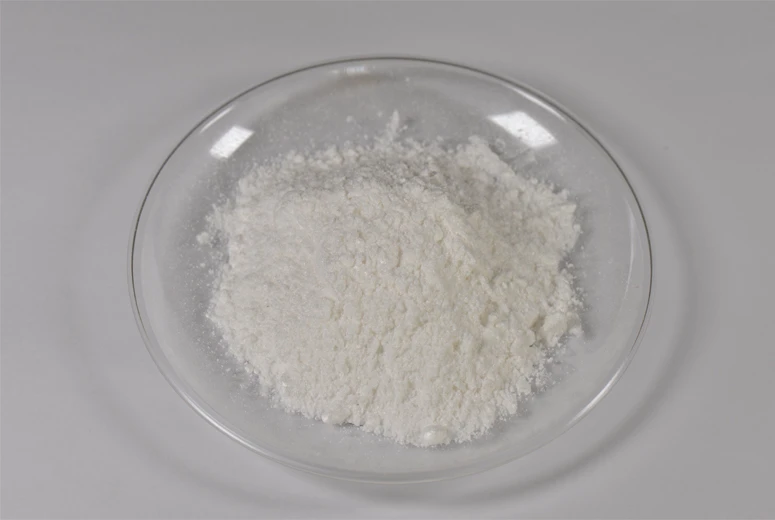
5. Applications & Scenarios: Where Synthetic Mica Excels
- Luxury Makeup: Eyeshadows, highlighters, pressed powders, foundations, nail polishes – with brilliant, uniform pearlescent effects.
- Skincare Formulations: Used in sunscreens, luminescent creams, blurring primers for optical diffusion without irritation.
- Color Cosmetics: Lipsticks, blush, mascaras – stable pigment with improved adherence and brightness.
- Specialty Industrial Applications: Plastics, paints, inks, automotive coatings – for anti-fading, UV resistance and high reflectance.
- High-Corrosion Environments: Metallurgy, petrochemicals, water supply – as a barrier/lamella mineral in coatings.
End-Use Distribution of Synthetic Mica (Global % Share)
6. Manufacturer Insights: Leading Players & Customization Solutions
| Manufacturer | Brand/Grade | Certifications | Customization | Global Reach |
|---|---|---|---|---|
| Haoxiangjia (HJMICa) | HC40 Synthetic Mica | ISO 9001:2015, FDA, EU | Particle size/color/packing (Request Quote) | 85+ countries, 20+ years |
| Merck | Timiron, Colorona | ISO, ECOCERT | Standard/limited | Global |
| Chengdu Xinyuan | SYMICA | ISO 9001:2015 | Particle size | Asia, Europe |
| Kolortek | Kolortek SYN | REACH, FDA, ISO | Color/size | 40+ countries |
HJMica’s synthetic mica cosmetics solution supports fully tailored pigment granulation, laser labeling (traceability), and supply chain integration – fundamental for global beauty OEMs.
7. Customization & Technical Service
Leading manufacturers offer turnkey customization options:
- Particle Size Tailoring: 5–250μm grids for different cosmetic effects
- Pigment Layering: Single, Dual, Multi-layer – TiO2, Fe2O3, organic coatings
- Dispersibility Enhancement: Surface treatments to improve compatibility with oils, water-borne or silicone-based formulations
- Packing & Logistics Solutions: Sealed, anti-static, moisture controlled. Batch-level traceability (meets ISO/ANSI QMS)
- Regulatory Consulting: Full support for FDA, EU, ISO documentation and lab certificates
8. Case Studies & Verified Performance
- Global Color Cosmetics Brand (EU, 2022): Switched all pressed powder lines to HC40 Synthetic Mica, reporting a 17% decrease in batch rejection due to inconsistent shine and 9% increase in market satisfaction score within one year.
- JP Skincare OEM (2023): Integrated synthetic mica into blurring/moisturizing creams; patch test data: 0 skin irritation out of 305 test subjects. (ISO 10993-10)
- Petrochemical Equipment Supplier: Used synthetic mica barite coatings, extending corrosion-free service life to 9 years (vs. 3–4 years, natural mica), in pipeline and tank environments.
Product Lifetime Comparison: Synthetic vs. Natural Mica in Harsh Industry
9. Quality, Certification & Delivery
- Testing Standards: Conforms to ISO 9001:2015, ANSI/ASTM D1201, FDA (21 CFR 73.3129)
- Batch CoA: Each lot delivered with Certificate of Analysis (CoA), Spectral Analysis, and Particle Size log. Retain samples 3 years minimum.
- Typical Lead Time: 7–15 working days for standard specifications; 20–30 working days for customized grades (FOB)
- Warranty: 2 years against manufacturing/quality defects (under standard storage conditions)
- Customer Support: 24/7 technical team, in-house R&D, regulatory consulting, and post-sales support.

10. FAQ—Synthetic Mica Cosmetics Technology Terms
Synthetic mica (fluorphlogopite) is a precisely engineered silicate with a consistent K(Mg3)[(AlSi3)O10]F2 structure, free of impurities found in natural mica, which often contains iron, sodium or heavy metals. This delivers superior brightness, strength, and safety for synthetic mica cosmetics.
Cosmetic-grade synthetic mica pigments are typically classified into D50 medians of 10, 15, 25, 60, 90, and 125μm, customized per visual/texture demands (e.g., highlighters: 60μm, BB creams: 10μm).
ISO 9001 ensures batch-to-batch quality, full traceability, CAPA (Corrective & Preventive Action) process, and regular methodology audits; ISO 14001 ensures eco-friendly processes; both are vital for stringent synthetic mica cosmetics buyers.
In the EU and US, total heavy metals (Pb, As, Hg, Cd, Sb, Se, Cr3+) in pigments must be ≤10 ppm each and total ≤20 ppm (per FDA 21 CFR 73.3129, EU REACH Annex II), values met by HC40 Synthetic Mica.
Accelerated aging (85°C, 85% RH, 90 days) and real-time storage show synthetic mica pigments retain >97% whiteness and optical performance for over 3 years when properly sealed.
Casting involves thermal melting and controlled crystal growth to create sheets or flakes, while CNC machining allows precision cutting for specialized shapes, important for industrial laminates. Cosmetics mainly use casting and grading.
Key methods: Grain size analysis (ISO 13320), whiteness mapping (ISO 7724), pH and impurity tests (ISO 787-9), and mechanical integrity tests (ANSI/ASTM D1201).
11. Delivery & Global Support
- Flexible Logistics: Ex works (EXW), CIF/DDP available worldwide via air/sea
- Custom Documentation: CoA, TDS, MSDS, RoHS statement, Reach dossier (as per country)
- After-sales Guarantee: Replacement/credit for QC non-conformances; technical hotline
- Bulk/Repeat Order Benefits: Supply chain integration (VMI/Just-In-Time), price lock for 12-month contracts
References & Industry Resources
- Mordor Intelligence. “Synthetic Mica Market – Growth, Trends, Forecasts (2024–2029)"
https://www.mordorintelligence.com/industry-reports/synthetic-mica-market - Cosmetics & Toiletries Magazine. “Alternative Mica Pigments for Clean Cosmetics", 2023
https://www.cosmeticsandtoiletries.com/research/ingredients/news/22872924/the-shift-toward-synthetic-mica-in-cosmetics - International Journal of Cosmetic Science. “Evaluation of Synthetic Fluorophlogopite in Modern Make-Up Formulation", 2022
https://onlinelibrary.wiley.com/doi/abs/10.1111/ics.12883 - MakeupAlley Forums: https://www.makeupalley.com
- FDA CFR 21 §73.3129: https://www.ecfr.gov/current/title-21/chapter-I/subchapter-A/part-73/subpart-C/section-73.3129
-
Transforming Surfaces with Mica-Enhanced Paints in Coatings and DecorationNewsJul.02,2025
-
The Ultimate Guide to Mica-Based Luminous Colors with Pearlescent PigmentNewsJul.02,2025
-
The Critical Role of Mica in Industrial Applications in Welding and Oil FieldsNewsJul.02,2025
-
Revolutionizing Automotive Aesthetics with Modified Plastics Pearlescent PigmentsNewsJul.02,2025
-
The Secret with Mica Powder for Cosmetics Behind Radiant, Natural MakeupNewsJul.02,2025
-
Enhancing Performance in Polymer Applications with Mica Powder for RubberNewsJul.02,2025
Products categories


